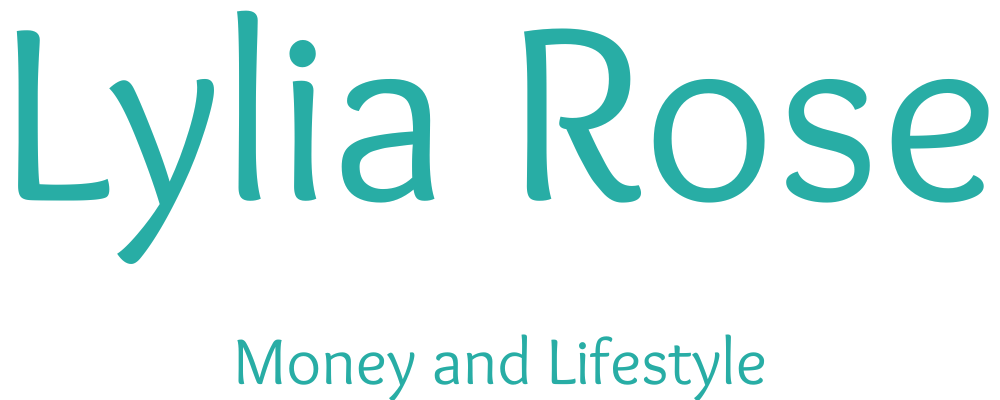Why White-Label Payment Solutions Boost Brand Credibility
Posted on
In today’s fast-paced digital world, trust is everything. Customers expect smooth, secure experiences at every step—especially when it comes to payments. If the checkout process feels clunky or redirects to unfamiliar third-party sites, it can instantly damage trust and lead to lost sales.
White-label payment solutions from providers like ecomcharge.com offer a powerful way for businesses to keep customers on-brand, enhance credibility, and improve the overall payment experience. With custom branding and advanced security, these systems help both large and small businesses present a polished, professional front that inspires confidence.

Why Branded Payment Pages Matter
When a customer reaches the payment stage, their perception of your business is put to the test. A consistent, familiar interface feels safe and professional. But if they’re suddenly taken to a third-party page that looks different, it can raise doubts—even if the provider is secure.
White-label solutions allow you to:
-
Keep the entire payment journey under your brand
-
Offer secure transactions without redirecting to external platforms
-
Maintain a professional and seamless user experience
The Psychology of Trust in Digital Payments
Every digital interaction builds—or breaks—trust. Inconsistent branding or unfamiliar payment pages can make users question the legitimacy of the transaction.
With a white-label payment solution, businesses can:
-
Maintain visual consistency across checkout pages
-
Reinforce professionalism with clean, custom design
-
Reduce hesitation caused by unexpected third-party elements
This consistency reassures users and keeps them engaged through to conversion.
Consistency Builds Recognition
Brand recognition comes from repeated exposure to your colours, logos, and messaging. When a checkout page looks and feels different, it disrupts this connection.
White-label platforms prevent such disruptions by allowing businesses to:
-
Customise design elements like colours, logos, and fonts
-
Match payment pages to the look and feel of the main website
-
Create a fluid, trustworthy customer journey from start to finish
This attention to branding sends a strong message of reliability.
Security: Real and Perceived
It’s not just about having a secure system—your customers need to feel that it’s secure. White-label solutions excel in both actual security and perception.
These systems typically include:
-
PCI DSS compliance
-
End-to-end encryption
-
Fraud detection tools
-
Secure data storage
Combined with familiar branding, this creates a powerful sense of safety and professionalism that can reduce checkout anxiety.
Reduce Abandonment With Trust Signals
High cart abandonment rates are often linked to doubt or friction during checkout. When the process feels unfamiliar or overly complicated, users leave.
White-label payment systems help combat this by:
-
Maintaining brand consistency at every stage
-
Presenting familiar design and messaging
-
Streamlining checkout with fewer steps
These trust signals can dramatically reduce drop-offs and increase completed sales.
Build Credibility as a Small Business
For smaller businesses, competing with big brands can feel like an uphill battle. Customers may worry about payment security or professionalism.
White-label solutions can level the playing field by:
-
Offering sleek, professional payment systems
-
Giving the appearance of advanced infrastructure
-
Building customer confidence with consistent branding
They’re ideal for:
-
Start-ups trying to establish trust
-
Local businesses moving online
-
Subscription models and recurring billing
-
Niche services entering competitive markets
Personalise the Checkout Experience
Today’s customers expect personalisation—even at checkout. Many white-label systems now offer features that improve the customer experience further.
You can:
-
Customise messaging based on customer type
-
Recommend preferred payment options
-
Localise currency and language
-
Promote offers during checkout
These features not only enhance usability but also boost conversions and satisfaction.
Key Considerations Before Implementing
While white-label systems bring many benefits, it’s important to plan carefully:
-
Customisation: Ensure the level of branding matches your overall business identity.
-
System integration: Sync the payment system with your CRM, accounting, and inventory tools.
-
Workflow planning: Map how payments will flow into your existing systems for smooth operation.
Taking the time to align your payment solution with your wider operations ensures long-term success.
Transparency Boosts Credibility
Trust also comes from being upfront. Even the most secure systems can lose customers if key details are hidden or confusing.
Make sure your white-label setup includes:
-
Clear communication about how payments are handled
-
Transparent fees and costs
-
Visible security certifications
These simple steps can make a big difference in how your brand is perceived.
Final Thoughts
In a competitive digital landscape, establishing brand trust and professionalism is essential. A white-label payment solution helps businesses—especially smaller ones—present a seamless, secure, and credible front that converts more visitors into loyal customers.
By maintaining branding, improving security perception, and enhancing user experience, these platforms are more than just a payment tool—they’re a trust-building asset for sustainable business growth.
✅ White-Label Payment Solutions Checklist
-
☐ Keep branding consistent across the entire checkout process
-
☐ Avoid redirecting users to third-party payment pages
-
☐ Use PCI DSS-compliant and encrypted systems
-
☐ Integrate payment data with your CRM and business tools
-
☐ Display security certifications clearly at checkout
-
☐ Personalise the payment experience (e.g. local currency, tailored messaging)
-
☐ Communicate payment processes and fees transparently
-
☐ Use familiar design to reduce cart abandonment and build trust
